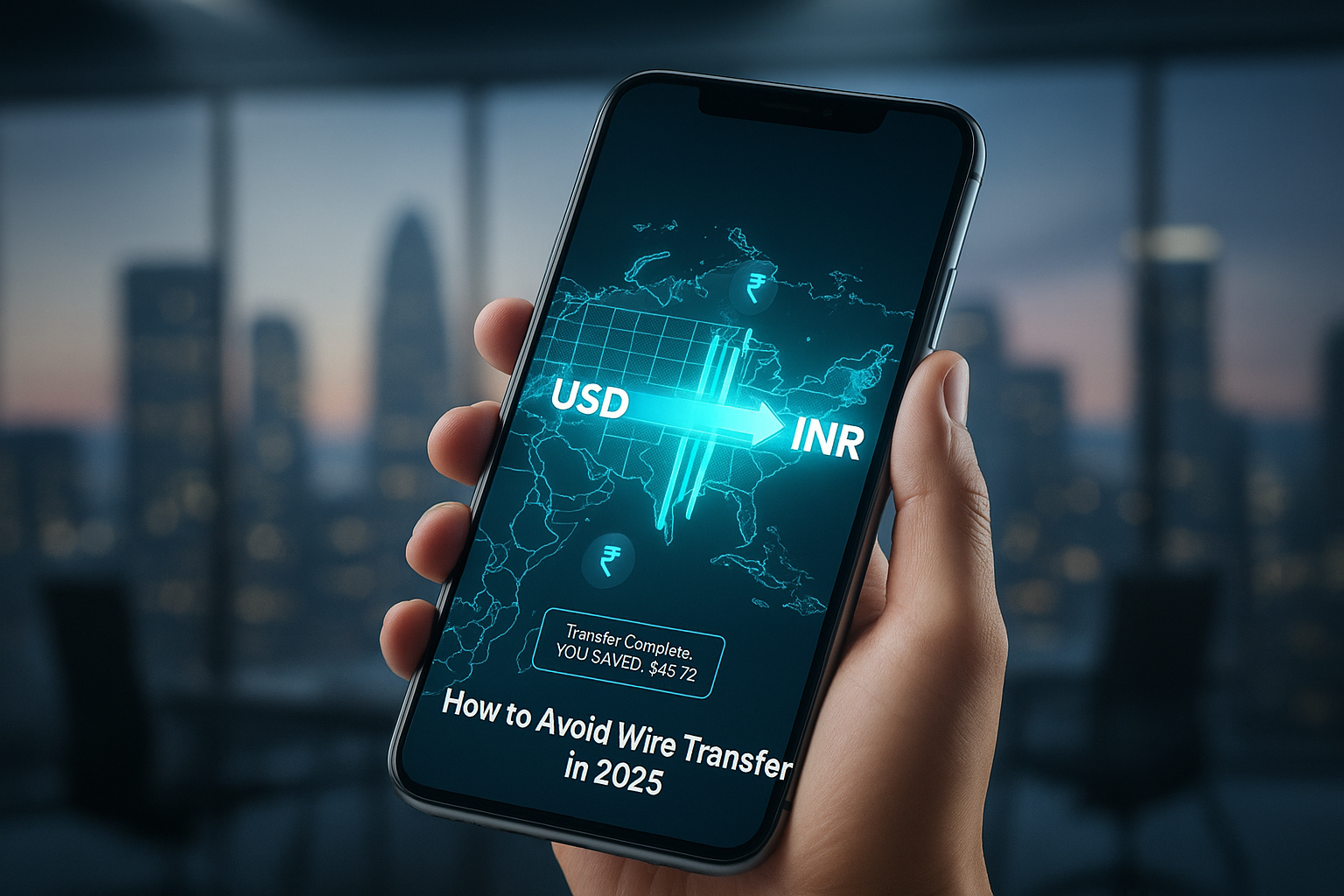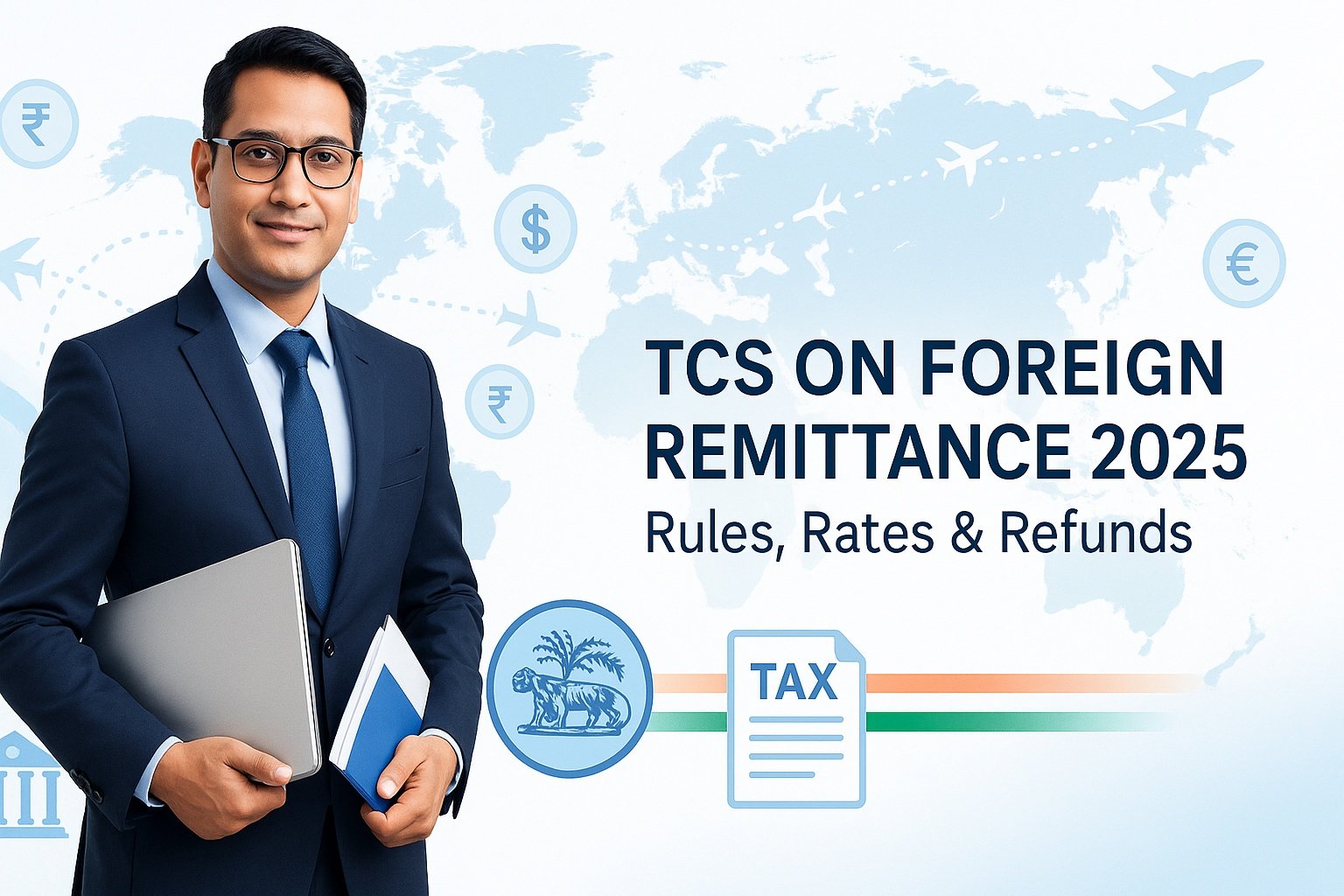What is Remittance?
RBI Guidelines For Inward and Outward Remittances: All You Need to Know About
Remittance is all about money crossing borders. Think of an Indian working abroad sending cash home to their family, or a business here paying someone overseas. In 2025, India’s seeing a ton of money—billions—pour in from NRIs, giving the economy a real lift.
This guide on digs into the two big types: inward remittance (money coming in) and outward remittances (money going out), with a special focus on how the Reserve Bank of India (RBI) handles outward transfers.
Difference Between Inward Remittances and Outward Remittance in 2025
| Particular | Inward Remittance | Outward Remittance |
| Rules | RBI keeps it light—personal stuff has no limit, but big amounts (over $5,000) needs to be reported. | Tighter rules under FEMA to keep trade smooth; $250,000 cap for individuals, businesses can go higher with RBI watching. |
| Who Starts It? | Someone abroad. | You, from India. |
| Money Swap | Foreign cash turns into rupees. | Rupees turn into foreign cash. |
| Paperwork | Bank info, PAN, Aadhaar, maybe an invoice. | Form A2, PAN, proof of why (like a fee receipt), plus extra business stuff if needed. |
| Taxes | No tax unless it makes more money here. | TCS kicks in if you send over INR 10 lakhs a year. |
RBI Guideline on Foreign Inward Remittances in 2025
The RBI keeps incoming money safe and legit:
- Personal Freedom: No cap on gifts or family support under RDA, but trade stuff—like export payments—stops at INR 15 lakh.
- MTSS Limits: Caps at $2,500 per transfer, max 30 times a year.
- Tracking: It has to land in an Indian account, and big amounts get watched.
- Tip: Say exactly why it’s coming to keep things moving.
RBI Guidelines on Foreign Outward Remittances in 2025
- LRS Limit: You can send $250,000 a year for things like school or travel. Businesses don’t have a set limit but get checked.
- Prohibited Uses: Funds can’t go toward gambling, speculative trading, or buying Foreign Currency Convertible Bonds (FCCBs) in overseas secondary markets.
- Paperwork: PAN, Form A2, and something showing why—like “medical bill.” Extra steps might pop up for tricky countries.
- Tip: Stick with RBI-approved banks or services.
What are the Areas Requiring Outward Remittance?
People and businesses send money out for all kinds of reasons:
- Moving abroad for a job or bringing family along.
- Paying for medical care overseas.
- Traveling for fun.
- Covering school fees at foreign universities.
- Buying stuff or services from another country.
- Investing in property or markets abroad.
- Sending gifts or helping relatives outside India.
- Businesses paying suppliers or partners overseas.
RBI Rules Related to Forex Transactions
The RBI’s supervises all the transactions carried out in forex:
- Annual Limit: Individuals can send $250,000 a year—covers everything in that time.
- PAN: Mandatory for tracking and compliance.
- Approved Channels: Use only RBI approved banks or places(institutions).
- Flexibility: Send as often as you want, just don’t bust the $250,000 limit.
What are the RBI Restrictions on Foreign Remittance?
Restrictions set by the RBI include:
- What is Prohibited: You can’t send money for gambling, risky investments, or forex trading abroad.
- Limit: Yearly limit $250,000; businesses can send more but get watched.
- Restricted Territories: Some places (countries)—like ones under sanctions—are off the table. Check first.
- Tip: Be crystal clear about why you’re sending—it’ll speed things up.
How Does Outward Remittance Work?
You kick it off from India. Your bank turns rupees into the currency the other side needs—like Australian dollars—and sends it. Bigger amounts or tricky destinations (think Russia or Israel) might mean delays or extra scrutiny. For example, a Gujarat company paying $20,000 to a German supplier might need to jump through a few more hoops.
What’s the Limit for Outward Remittance?
Individuals are allowed to transfer funds up to $250,000 per annum under the Liberalised Remittance Scheme (LRS). That’s for any reason – you can use the money for travel, investments or anything else you need it for. There is no limit to the number of transfers you can make, just so long as the total amount doesn’t exceed that limit for the year. Businesses are not limited to any fixed amount.
Paperwork for Outward Remittance
You’ll need:
- Form A2 and your PAN.
- Proof of why—like a school fee receipt or medical bill.
- For businesses, maybe extra stuff like a Tax Residency Certificate (TRC) or Form 10F for tax treaty benefits.
The receiver shares their bank name, address, account number, and Swift Code—sometimes more if the bank asks.
What’s TCS About?
If you’re sending money abroad for higher education using a loan from a bank or recognized financial institution (as per Section 80E), then no TCS (Tax Collected at Source) will be charged. Students using education loans don’t need to worry about this extra tax.
TCS Rates for Foreign Remittance (From 1st April 2025)
| Type of Remittance | TCS Rate |
| Education (via education loan from financial institution) | 0% (No TCS) |
| Education or medical treatment (self-funded) | 0% up to ₹10 lakhs 5% above ₹10 lakhs |
| Any other purpose (investment, gifts, etc.) | 0% up to ₹10 lakhs 20% above ₹10 lakhs |
Example to Understand Better
Imagine you’re planning a luxury vacation abroad and book tour package worth ₹14 lakhs.
TCS will be calculated:
- TCS up to ₹10 lakhs at Nil%, and above ₹10 lakhs at 20%.
- For the remaining: 20% of ₹4,00,000 = ₹80,000
- Total TCS = ₹80,000
So, you’ll pay a total of ₹14,80,000 to the tour operator – ₹14 lakhs for the package + ₹80,000 as TCS.
Tips to Keep Costs Down
- Compare bank fees and rates—don’t just go with the first one.
- Try RBI-approved online services like Wise—they’re often cheaper.
- Be upfront about the purpose to avoid holdups.
- Keep it under INR 10 lakhs yearly if you want to skip TCS.







